Huawei P30 Pro review: Leaving all flagships way behind
Huawei P30 Pro review: Leaving all flagships way behind

Huawei’s P30 Pro was launched last week, and the latest flagship from the Chinese tech giant has stunned the world. With four cameras riding on its back, and the promises of being a photography champion, the newcomer seems to have a promising future ahead. While the earlier launched Huawei Mate 20 Pro has a lot in common with the P30 Pro, the two are worlds apart when it comes to performance, especially when it comes to a feature set and sheer camera performance.

Yes, the P30 Pro is Huawei’s camera beast and puts a shame on other rival flagships who claim great mode night photography. The latest handset from the Huawei stable was launched in Paris earlier this month and is now all out to awe its new masters. Let’s take a dive into what makes the Huawei P30 Pro a beastly consideration, and if you should keep it on your top list.
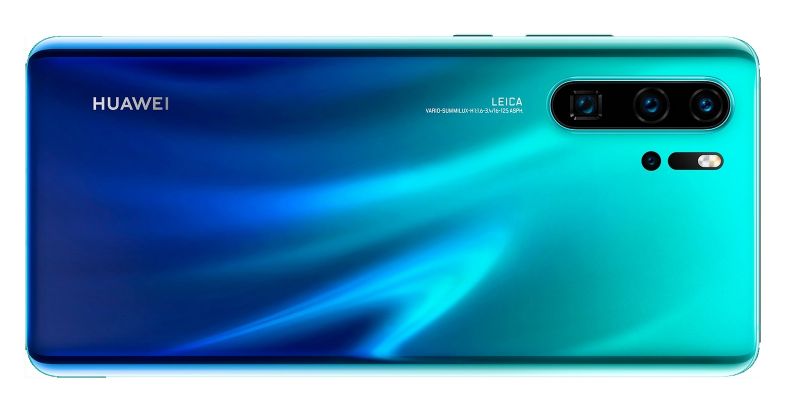
Firstly, here’s an in-depth specification sheet of what the handset is baked with.
- Display: 6.47-inch, 1080x2340 pixels, 398ppi, AMOLED, Dewdrop notch
- Processor: Kirin 980 octa-core processor — 2xA76 (2.6GHz) | 2xA76 (1.92GHz) | 4xA55 (1.8GHz)
- GPU: MALI-G76 MP10
- RAM: 8GB
- Storage: 256GB (expandable using Nano Memory card)
- Rear cameras: 40MP (f/1.6, OIS, RYYB) | 8MP Periscope (f/3.4, OIS, 5x optical zoom) | 20MP (f/22, ultra-wise 16mm) | ToF camera for depth sensing.
- Front camera: 32MP (f/2.0)
- Biometrics: Face unlock, in-display fingerprint optical sensor
- Battery: 4200mAh, Super Charge @40W, Wireless charging @15W | Reverse wireless charging
- Connectivity: USB Type-C, Wi-Fi ac, Bluetooth 5.0 + LE, NFC, IR blaster, Dual band GPS, Dual SIM
- Operating system: EMUI 9.1 based on Android 9 Pie
- Others: Glass rear panel, IP68 certification
While the spec sheet pronounces top-notch hardware, the feature set is not small either. The Huawei P30 is loaded with features that one seeks on any flagship out there. Flagship means superior and best and definitely, we can see what Huawei has put all their efforts to here. The device sports a glass-metal-glass sandwich body with a screen-to-body ratio of 80 per cent. The aluminium frame in between is form and rugged and glazed with the same colour that matches the rear panel. Up front is an AMOLED full HD+ panel with a tiny notch on the top that houses the selfie camera and nothing more. Yes, the sensors are neatly hidden around the camera, below the display, and Huawei has also cleverly adopted the technology to get rid of the earpiece. The conventional earpiece that comprises of a speaker and an audio tunnel to direct the sound to the human ear has been given up for a new type of technology that the brand notes as HUAWEI Acoustic Display Technology. There is a tiny exciter below the display that converts audio into vibrations, similar to how the Jawbone technology works. This vibration makes the entire display screen as a speaker itself. Hence, you will be able to hear your phone conversations by placing your ear anywhere on the screen, but the clearest area is a few centimetres below the front camera where the exciter is located. The audio is transferred via vibrations to the human ear.
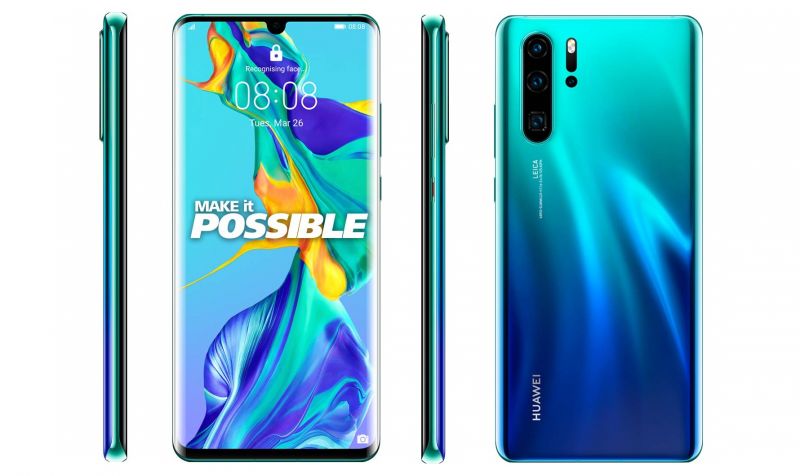
Rid the earpiece speaker out and it helps create space within the device for more components, but this leaves the device with a mono speaker on the bottom with no stereo effects when playing music or videos. While the audio is pretty loud enough, it won't be as enjoyable without stereo effects. However, if you want the best audio to enjoy your flicks, plug in the bundled earphones or your own personal headphones and enjoy the best of Dolby Atmos that's incorporated here.
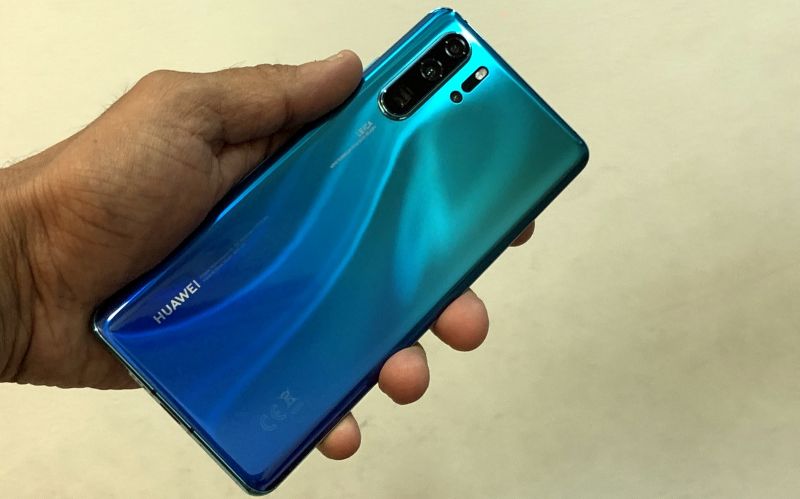
Heading back to the display, the curved edges on the display and rear panel neatly flush into the metal chassis to give it an elegant look along with a good grip. However, the design does not look any different from the older flagship, the Huawei Mate 20 Pro, and very closely resembles the Samsung Galaxy S9+. The only difference that can tell the three apart is the rear camera setup that is vertically aligned. The display also curves along the sides mimicking the Samsung Galaxy 9. Huawei has not mentioned the display manufacturer or the protective glass and prefers to keep it as their secret, but definitely confirms a scratch-resistant glass on both front and rear. Being IP68 certified your accidental water spills are no more a concern. The display also incorporates an upgraded fingerprint sensor. While it is still shy of what conventional capacitive fingerprint readers perform, the in-display fingerprint here is faster and more accurate than before.
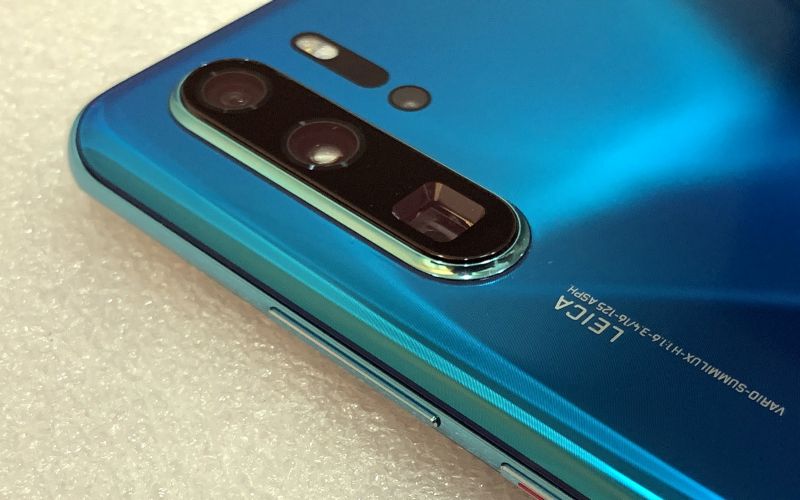
Turn the device around and you are greeted with a quad-camera setup. While there are only 3 major cameras here, the fourth one is meant for depth sensing to give the photographs a better portrait effect. Unlike the Mate 20 Pro, the cameras are arranged vertically with a 20MP camera that has an ultra-wide f/2.2 lens, a primary 40MP camera with an RYYB sensor for better low light capture and an f/1.8 lens with optical image stabilization, and lastly the highlight of 2019, an 8MP periscope camera that boasts of a 5x optical zoom with OIS and an f/3.4 lens.
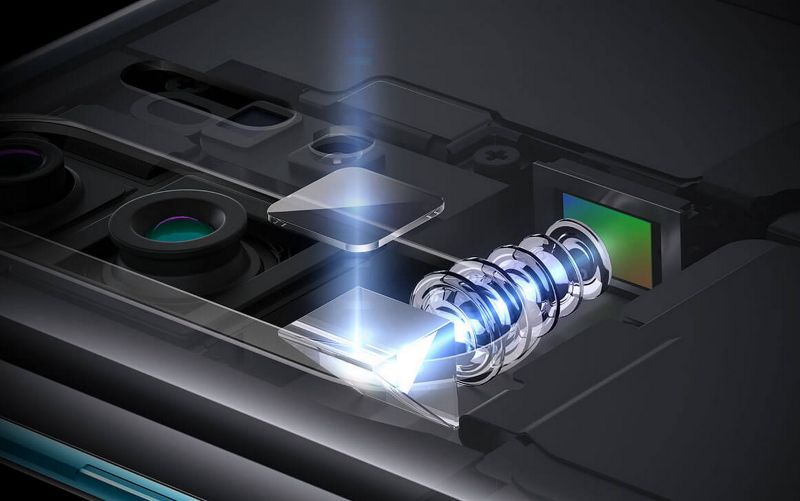
This camera is not sitting as other cameras in the array, is placed sideways into the body. It uses a prism setup to reflect the light at a 90-degree angle and the placement of the camera helps the lens zoom in / out too. A clever adaptation of a zoom-capable camera within the body itself in order to minimise the ugly camera bump. Lastly, the fourth camera is a ToF depth sensor that is placed along with a dual-tone LED flash. The rear panel is also what the company wants to highlight. Inspired by nature, the colours available are Breathing Crystal and Aurora, which are definitely attractive and unique.
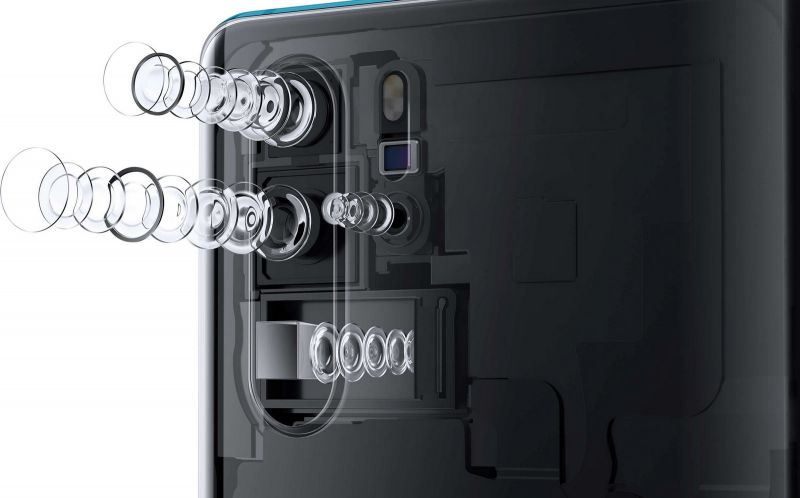
Below the hood is Huawei’s own powerhouse chipset, the flagship 7nm Kirin 980 SoC that uses two high-performance A76 Cortex 2.6GHz processors and two others clocked at 1.9GHz, while four A55 processors @1.8GHz manage the power efficiency and background processing. The use of ARM’s DynamIQ architecture here helps the Kirin processor to manage the processing very cleverly and balances the power and performance according to the workloads. This means you get sheer power when apps such as high-end games require the processors at peak performance and reduces them when not needed to save power or battery life.
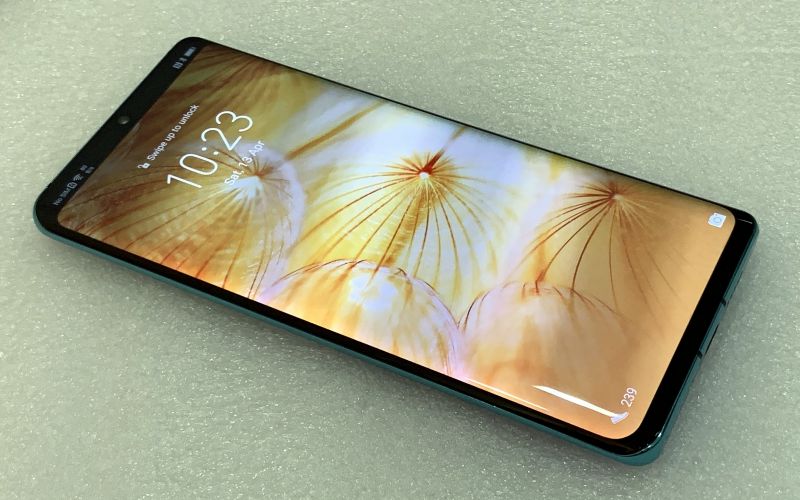
The MALI-G76 MP10 GPU sports 10 internal processor cores that are clubbed with Huawei's proprietary Turbo 2.0 for higher performance and better power efficiency as compared to the older chipset. GPU Turbo 2.0 is presently supported by a handful of games, which include PUBG Mobile, and a few others, and Huawei is in talks with more game developers to let them take advantage of its technology. With GPU Turbo 2.0, the compatible games are able to play at 60fps with all settings kept at high, while effectively balancing the power and temperature.

In short, the user won’t have to bother about battery or heating issues. Adding to the sheer power processor and GPU is a 2133MHz LPDDR4X RAM that also clubs in for gaming and other resource-heavy apps and applications such as AI. Overall, gamers will witness faster performances as compared to standard flagships. The device does run up the heat levels marginally but is not alarmingly hot. The device’s heating is also taken care of by adding a layer of graphite under the battery, and the intelligent software also takes charge if the heat crosses its standard mark. The phone automatically reverts to safe settings when the phone runs warm, but the user won’t feel the difference in gaming performance. Huawei has cleverly adopted a cooling technology that evenly distributes all the heat emanated from chipset across the entire rear panel.
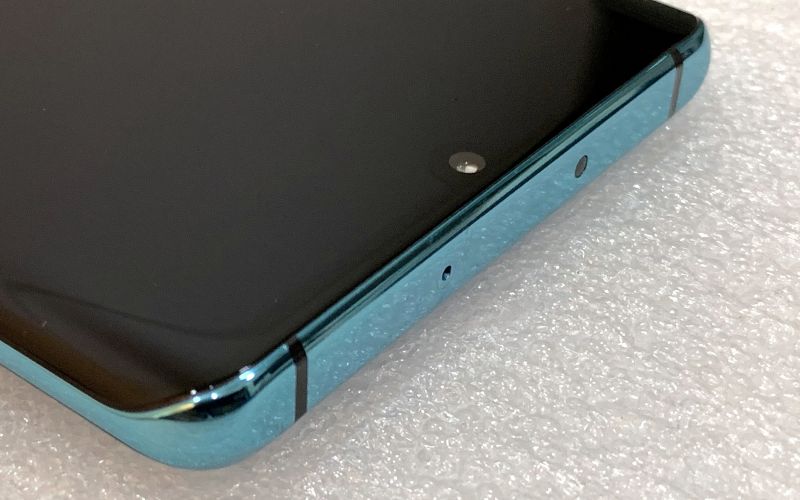
As for the overall performance, the Huawei P30 Pro runs like a pro — smooth and fluid, from the user interface to high-end gamed, the device will never let you down. With the latest EMUI 9.1 onboard, based on Android 9.1 Pie, the company also promises a minimum of 18 months of intact performance which keeps the device performing like new. Huawei says that the device will never slow down like conventional Android phones that lag after a few months of usage.
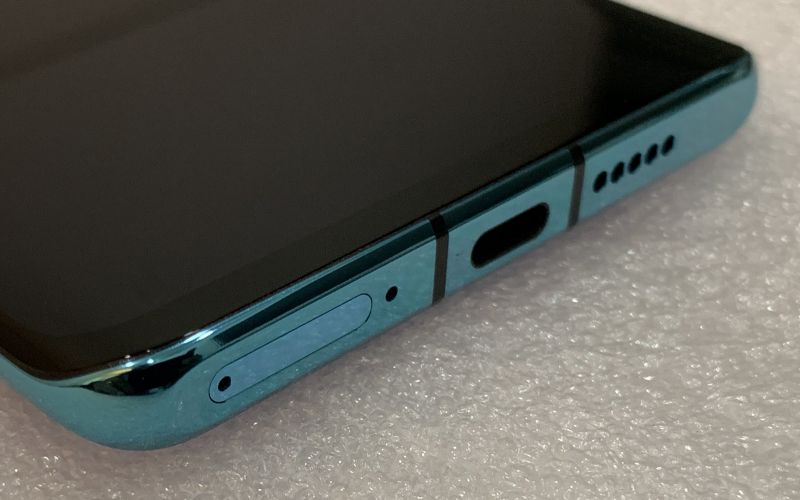
Huawei has also opted for a new file system called EROFS or ERO File System (Extended Read-Only File System). With this new file system in place, Huawei claims that the smartphone can perform a few tasks at higher speeds by up to 3x and reduce lags, apart from free up around 20 per cent of storage too. For example, apps will open faster than normal, will save on time and in turn save on battery power too. The new file system will also be made available for a few other older Huawei smartphones and will be a standard on all upcoming smartphones.
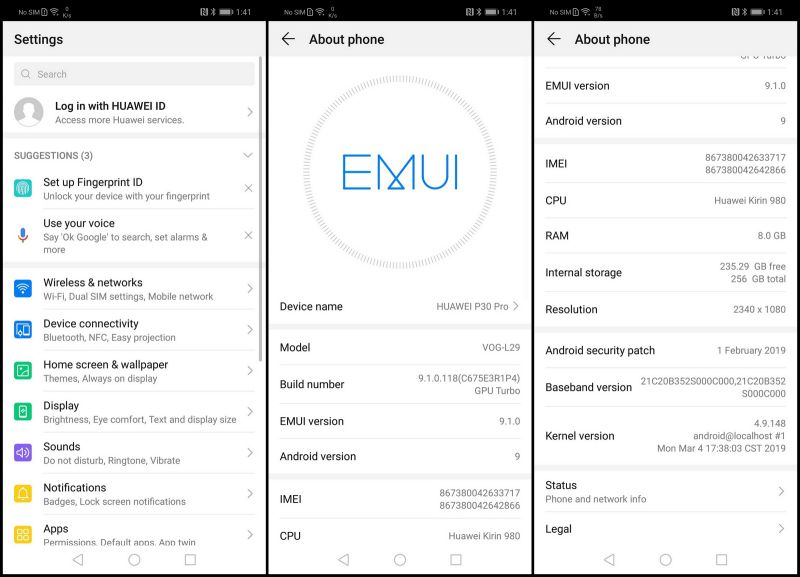
The new EMUI 9.1 is almost similar to the earlier and gets a marginal upgrade as far as the usability and looks are concerned. It is easy to operate, fluid in performance, and themed well that pleases the eye. Huawei says that the phone’s external colours and the EMUI themes and colours are all inspired by nature.
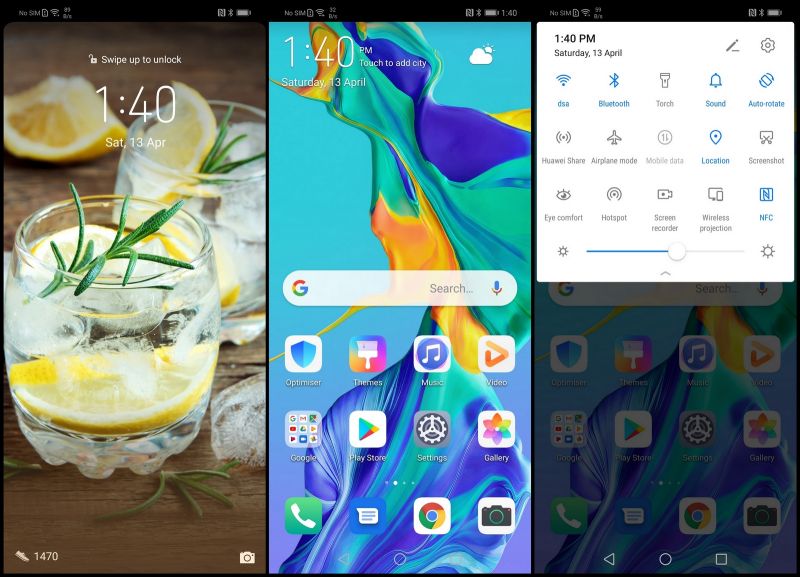
The main USP of the Huawei P30 Pro is the camera and its performance. A first to use a periscope lens, the P30 Pro does a marvellous job by combining optical zoom and stability with AI to give out results that even beats the Google Pixel at its own game. Comprising of a three-lens setup with an additional ToF camera, the P30 Pro grabs images with results that will drop your jaw to the floor.
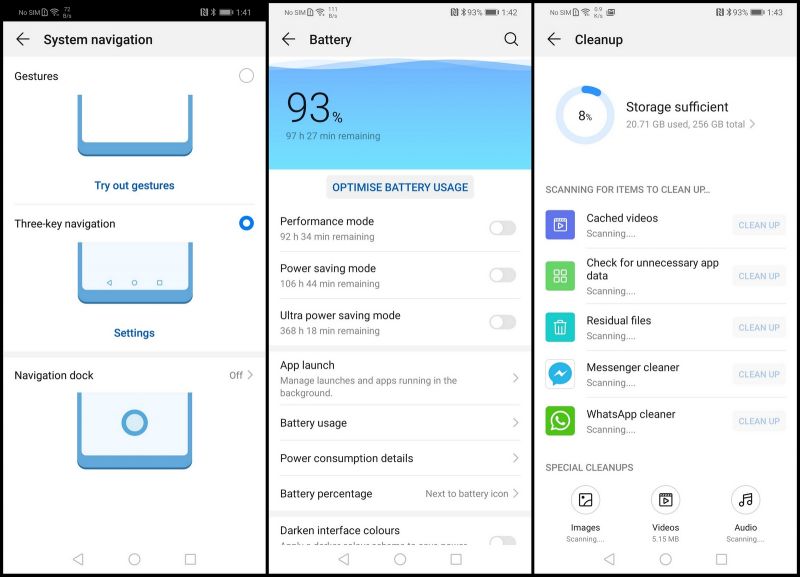
Without exaggeration, the camera’s performance needs to be witnessed to be believed, and to give you a perspective in numbers, DxOMark, a reference for image quality and firm that tests and rates camera performance, gave the P30 Pro a score of 112, the highest ever achieved by any smartphone till date. In fact, DxOMark has the top three slots filled with Huawei’s P30Pro, Mate 20 Pro and P20 Pro, while Samsung gets the fourth slot for the Galaxy S10+ at 109 points and Apple’s iPhone XS bagged 105 points to be on the 6th rank.
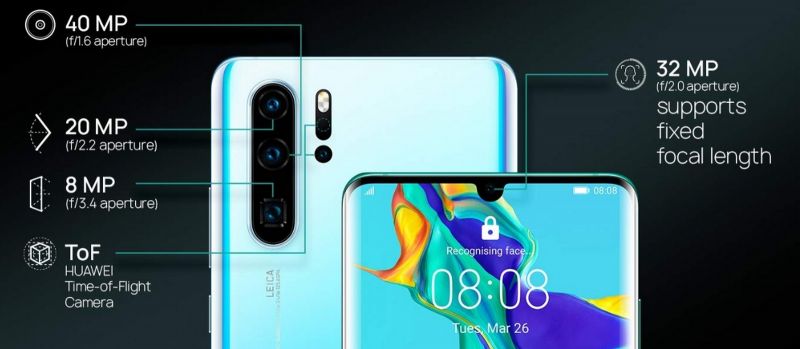
The Huawei P30’s primary 40MP lens uses a RYYB sensor array instead of the conventional RGGB sensor. Huawei says that this new sensor eliminates the use of primary colours and uses two yellow filters which in turn allows the sensor to grasp more light that ever, which is almost 40% more than usual. Hence, images shot in night mode or in low light are better exposed and now you can “almost” see in the dark. Along with a better sensor and an optical image stabilizer, the night shots are so good that users can take low-light photography while still shooting with the phone in your hands — no tripod needed.
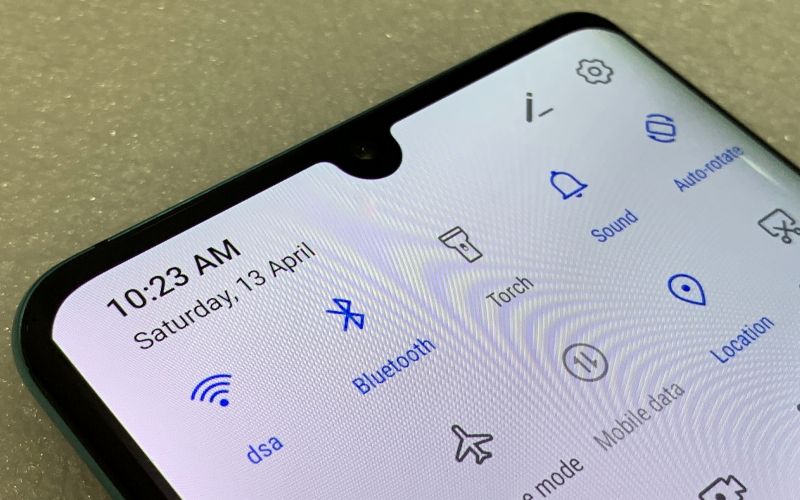
The sensor is developed by Sony exclusively for Huawei. The pixel binning tech used here converts four pixels into one and the result is an awesome-quality 10MP photo. Users can skip the pixel binning feature and opt for pure 40MP super photos too, but the results won’t be as promising. Images shot in low light require you to keep the phone as stable as possible and the AI kicks in to analyse the frame and set the ISO and shutter speeds accordingly. Results are great and each image can take up to 25 seconds of exposure time, depending on how dark the frame is. Post-processing of the image is done on the fly and the image produced is currently unachievable by any smartphone that claims superior night mode. This sensor boasts of an ISO range as high as ISO 409,600, which is not even available in conventional DSLR cameras out there. Huawei surely seems to surely rewrite the rules of photography ahead.
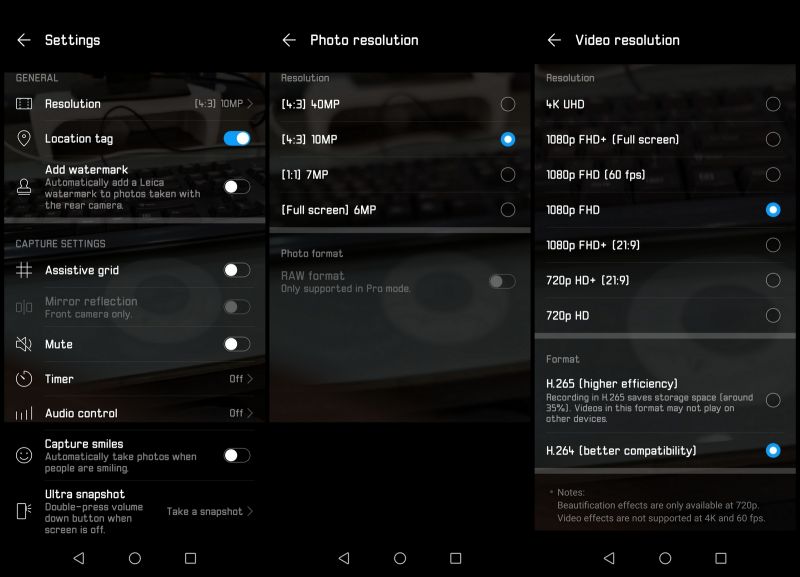
The camera setup also manages to take some beautiful wide-angle shots. Using the second sensor, an onboard 20MP camera, the f/2.2 lens manages to take ultra-wide photos of up to 0.6x wide. The same camera also gets better — it manages to shoot images as close as 2.5 cm from the lens. Dubbed as Super Macro mode, the images shot by the camera are presently impossible by conventional smartphones out there.
Lastly, the USP of the USP — the new periscope telephoto lens. Dug deeper into the body at a right angle, this lens uses a periscopic prism lens at a right angle. This setup allows the lens to move and capture up to 5x optical zoom and 10x hybrid zoom, which provides lossless digital zoom. Adding further, users can also zoom up to 50x in digital mode and with AI taking over the image to post process, the results are mind-boggling.



















We guarantee, with this smartphone in your hand, you will be taking three types of photos in your spare time — super macro 50x zoom and night mode. We must give it to Huawei, the P30 Pro definitely amazes.
There is also a fourth sensor, but it’s not a camera for images. IT is a ToF sensor and helps the other cameras by individually sensing the depth of objects in the frame. This sensor is located just below the LED flash on the rear panel, and aids in faster focusing and better depth sensing. The overall results improve to create better background separations for blur in portrait modes and bokeh shots.
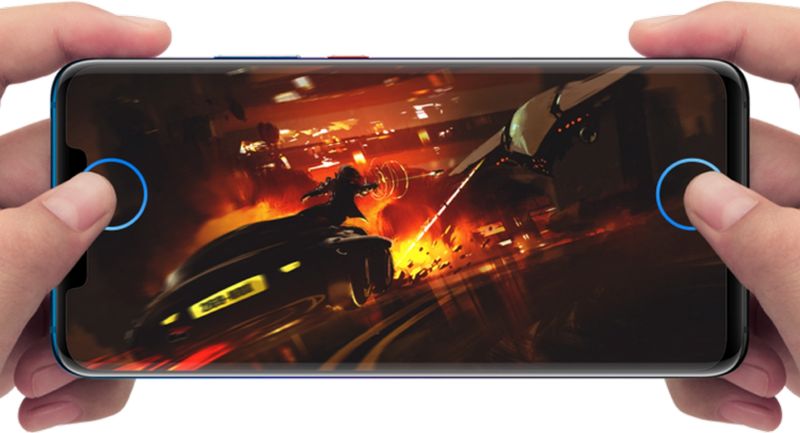
The Huawei P30 Pro is fuelled by a huge 4200mAh battery. What surprises us is the efficiency of the designers back at Huawei who have managed to literally cramp in a periscope camera and a huge battery into an 8.41 thin, 192g body. The battery can support up to 40W chargers (70% power in 30minutes) or up to 15W wireless chargers. The device can also reverse wireless charge other devices that are wireless Qi-charging compatible. So if you are out on a holiday, you can recharge your wireless toothbrush, smartwatch, speaker, speaker, lamp, another phone or anything compatible by simply placing it on the rear panel of the P30 Pro. The phone can donate some battery power to other devices as it doubles up as an emergency wireless power bank/charger. However, if the phone’s battery is below 40 per cent, the feature will be disabled as the power is needed for the phone to function, and on priority.
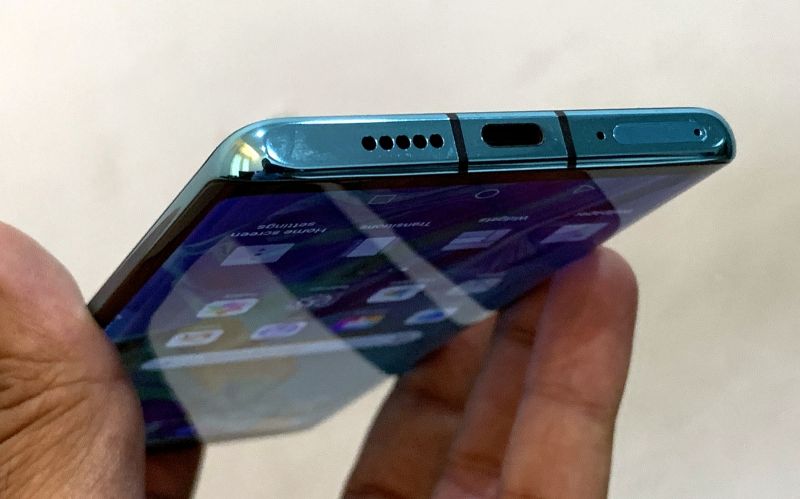
There is a lot more to talk about the Huawei P30 Pro. While we have highlighted the core areas, others that could be mentioned are AR-based apps and games, data sharing across devices, using the device as a desktop PC by connecting it to a larger display and dual-view video that captures a regular and zoomed in frame in the same video by using two cameras at the same time.

To sum up the entire experience, we would say that the Huawei P30 Pro has definitely surprised us with what it can do, especially in the photography section. A true flagship, the feature-loaded Huawei P30 Pro is a smartphone to own if you are looking for a single, all-in-one smartphone with the performance needed for gaming, photography and productivity. If you are looking for a smartphone to fulfil your photography needs and need a device that can fit into your pocket and give you results of DSLR-like images, the P30 Pro from Huawei fits your requirements without any doubt. The bonus over that is flagship performance and a feature-rich smartphone in an elegant and classy body.
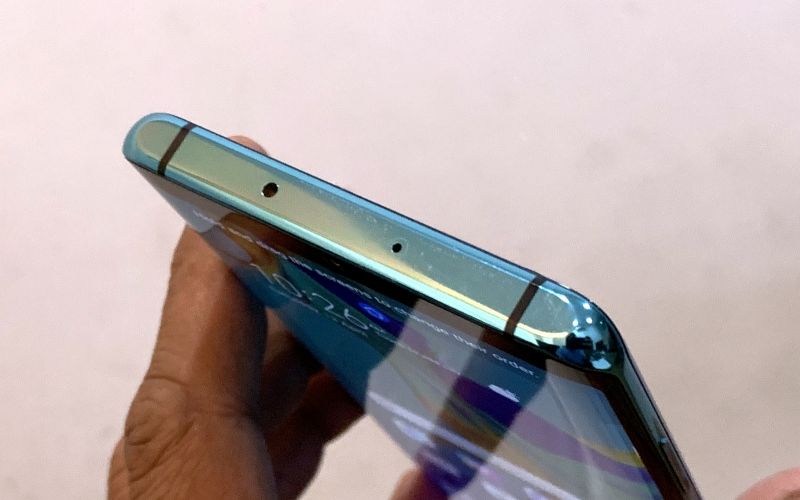
The Huawei P30 Pro is available in 8GB/256GB variant and in two colour options in India. It is priced at Rs 71,999 and there are some exclusive offers and cashback schemes that makes the deal a steal too. For example, you can avail the Huawei Watch GT Android smartwatch worth Rs 15,999 for just Rs 2,000, and even 0% EMI options for up to 18 months from certain partner banks.
